INTRODUCTION
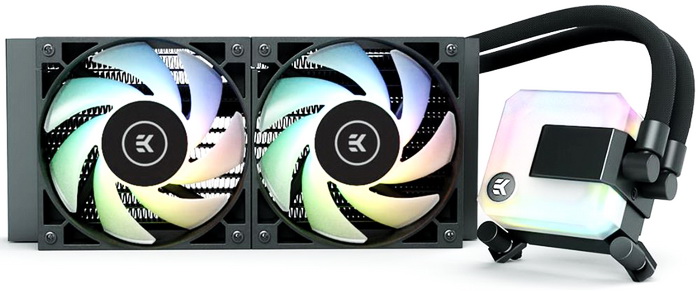
It's no secret that just like regular CPU air coolers the cooling efficiency of All-in-one (AIO) liquid CPU coolers is pretty much all but maxed out. There are some noticeable advancements in terms of pump design (lower noise with increased liquid pressure) but honestly that alone can't work miracles, not when waterblocks, radiators and even fans seem to have nothing more to offer. Still by combining the top possible parts you can make an AIO that could really stand out in the crowd and that's really not something we see a lot in the market today. EK Water Blocks hasn't been much into AIO models but they aim to change that with their newest series the first of which is no other than the EK AIO 240 D-RGB which I’ve been using for almost 2 weeks.
EK® Water Blocks, the premium liquid cooling manufacturer, bears the name of its founder Edvard König. It all started with the enthusiasm of one man and his ventures with liquid cooling back in 1999. From its humble beginnings more than ten years ago, the company steadily grew to become the most renowned supplier of high-end premium quality liquid cooling products. Over the years, the company expanded its product portfolio to become a full liquid cooling solution provider known as EK. Today, EK products are available in more than 30 countries worldwide, and the company holds several partnerships with some of the most recognized brands.
Just like with every other AIO to date (almost) the EK AIO 240 D-RGB consists by 4 parts, an 27mm thick and 275mm long aluminum radiator, two EK-VARDAR S 120ER D-RGB 120mm PWM high static pressure (2200RPM/66.04CFM/2.89mmH2O/36.4dBA), two 350mm long flexible sleeved tubings, high-performance ceramic-bearing pump (2600RPM) and a pure copper coldplate. Now what makes the EK AIO 240 D-RGB however stand out from many other AIO models in the market is not only its rather unique looking pump/waterblock combo (frosted finish acrylic cover) but also the fact that it features addressable RGB illumination (compatible with all the major RGB sync technologies like ASUS Aura Sync, GB RGB Fusion, MSI Mystic Light and ASRock RGB LED) for both its fans (9 addressable RGB LEDs for each) and the top of the pump. So, time to see what kind of cooling efficiency one can expect from the EK AIO 240 D-RGB by EK Water Blocks.
SPECIFICATIONS AND FEATURES

PACKAGING AND CONTENTS
The front of the box is taken by a large product picture placed just over the Intel, AMD and RGB logos.
You can find the main features list on the left side and in 8 languages.
Printed at the base are the technical specifications, bundle contents and socket compatibility in 6 languages.
At the rear we find the main product features and three product drawings showcasing its size.
Typically, the AIO is wrapped inside two plastic bags and is placed inside a formed piece of cardboard.
Along with the main body of the EK 240 AIO D-RGB inside the box you will also find the two EK-VARDAR S 120ER fans, y-splitter, small thermal paste tube, fan and radiator mounting screws, backplate, installation instructions and all the required bits and pieces to mount the cooler onto Intel LGA1150/1151/1155/1156/1200/2011/2011-3/2066 and AMD AM4 compatible mainboards.
THE EK 240 AIO D-RGB
Even though the main body of the EK 240 AIO D-RGB is nothing we haven't see countless times in the past the rather thick pump/waterblock does stand out.
EK Water Blocks has used an 27mm thick aluminum radiator.
FPI count (find per inch) is set at 19.
A fill/drain port is located at the top of the radiator but by accessing it you’re voiding the warranty.
Once again, the aluminum radiator is connected to the pump/waterblock combo via two 350mm long black sleeved low permeability tubes.
EK Water Blocks has placed their logo on top of the acrylic pump cover.
Here you can see an exposed model of the pump (marketing material).
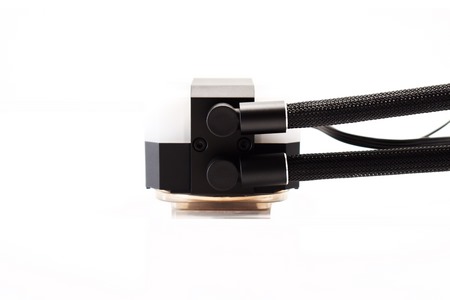
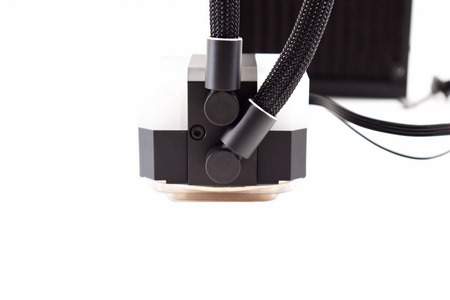 As with most AIO models in the market today both tubes can rotate up to roughly 90+ degrees from the base.
As with most AIO models in the market today both tubes can rotate up to roughly 90+ degrees from the base.
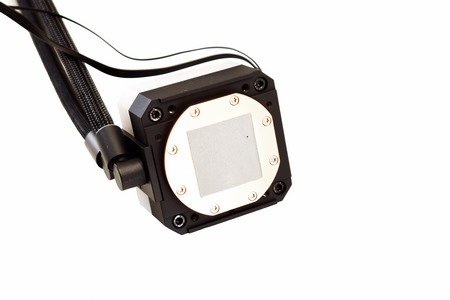
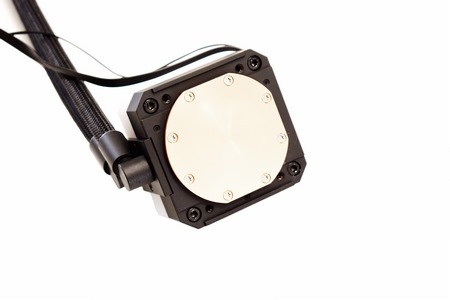 The pure copper coldplate comes ready with a thin pre-applied layer of thermal conductive material on it.
The pure copper coldplate comes ready with a thin pre-applied layer of thermal conductive material on it.
This time over EK Water Blocks has used their new EK VARDAR S 120ER RGB fans which can spin up to 2200RPM to produce up to 66.04CFM of airflow and 2.89 mmH2O of air-pressure with just 36.4dBA of noise.
With both fans mounted the thickness of the radiator jumps from 27mm to just over 52mm.
Here you can see the top of the pump in all its glory.
TEST BED
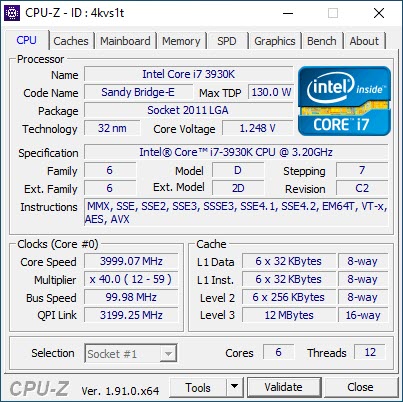

TESTING METHODOLOGY
Testing complete water cooling kits or individual radiators is no different than testing CPU Coolers and since we want all of you to be able to compare similar products, we created new and separate charts (you can still cross-compare results however since we are using the same test rig). So once again single (120/140mm) watercooling solutions are tested with the radiator mounted at the rear of our test rig while dual/triple/quad (240/260/280/360/420/480/560mm) solutions with the radiator mounted at the top. For the dBA tests complete water cooling kits or radiators with bundled fans are measured both while on idle mode or with the fan controller in the minimum setting and while on extreme load or with the fan controller all the way to the highest possible setting (PWM fans do that on their own without our intervention). Every single test takes place in a temperature controlled room of 23 degrees Celsius Ambient Temp with the help of two AC units placed diagonally inside the room. Finally, much like when testing CPU Coolers, it's very important to point out that just because a water cooling kit outperforms another when tested with our test rig (when we test complete water cooling kits) that does not necessarily mean that the same performance differences will apply 100% for other CPU models and in other situations (such as different ambient temps and system configurations).
To successfully record the load temperatures, we use the latest OCCT application for around 6-10 minutes to push the processor to its limits and after that is done and the temperatures are recorded, we wait for about 10-20 minutes for the CPU to cool down and record the idle temperatures. This is done to allow time for the thermal conductive material to achieve the optimal performance level. Same procedure is then repeated with the Passmark BurnIn Test as a failsafe just in case the OCCT results are wrong. This procedure takes a lot more time than the usual peltier/thermometer tests but this way not only can we deliver real world results to our readers based on real CPUs but we can also triple check the results using a variety of programs. Last but not least the temperatures were recorded using both the latest versions of AIDA64 and RealTemp while the noise level tests (when fans exist in the bundle) are performed using a high precision ExTech HD600 Decibel Meter placed about 10-15cm above the radiator. Still although the same testing procedure applies to all units do take into consideration that unlike the official numbers which are measured in special noise isolated labs with just the fans here, we also have both the rest of the cooler and the rest of the system (although all system fans are turned off when recording noise levels).
TEST RESULTS


CONCLUSION
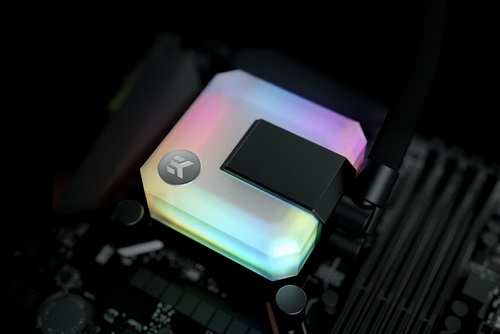
What stood out the very moment I got my hands on the EK 240 AIO D-RGB was the size of the box which is considerably smaller compared to those from other manufacturers. Of course, there’s no way for the radiator to be shorter/smaller since it too is a dual 120mm fan one but that did surprise me quite a bit. In terms of build quality, the EK 240 AIO D-RGB has nothing to fear from its competition. Yes, it may lack some features found in more expensive models like live temperature display, longer 380-400mm tubings (for large cases this could come in handy) or a control software but it makes up for those with its performance. It does fall behind 280/360mm models but as you can certainly tell from the charts it surpasses almost every single 240mm model to date and that’s the whole point, surpassing the cooling efficiency of similar size models. Now I can’t talk about the performance of the 360mm variant so I will also try to get one of those in the lab as well for testing.
Retailing for just USD119.99 inside the USA (Amazon.com) and for 130.15Euros inside the EU (EK Webshop) the EK 240 AIO D-RGB AIO Liquid CPU Cooling System by EK Water Blocks represents great value for your money. Are there lower cost 240mm AIO models in the market today? Definitely but once again it all comes down to what your needs are and just how much you’re will to spend. The good news is that the EK 240 AIO D-RGB is far from the most expensive 240mm model in the market today and since it outperforms even more expensive ones without looking any less impressive in the process it gets the Golden Award.

PROS
- Build Quality
- Near Excellent Cooling Efficiency
- ARGB Lighting (Compatible With Gigabyte Fusion, ASUS Aura, MSI Mystic Light and ASRock RGB LED)
- Up To Four 120mm Fans In Push & Pull
- 5 Year Limited Warranty
- Price (For Some)
CONS
- Out Of The Box AMD compatibility? (AM4 Alone Listed)
- 350mm Long Sleeved Tubings (380-400mm In Other Similar Size Models)

 O-Sense
O-Sense





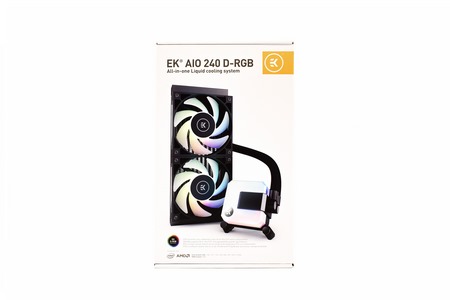
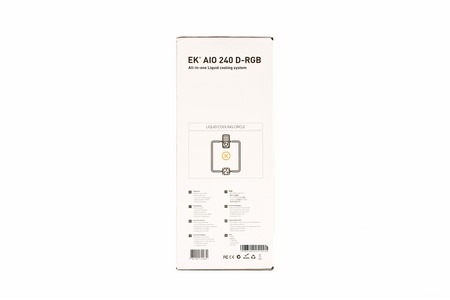
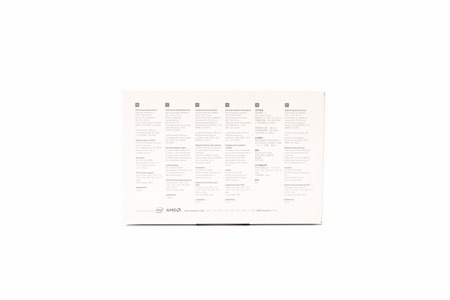
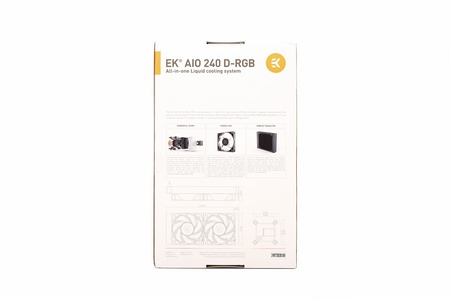
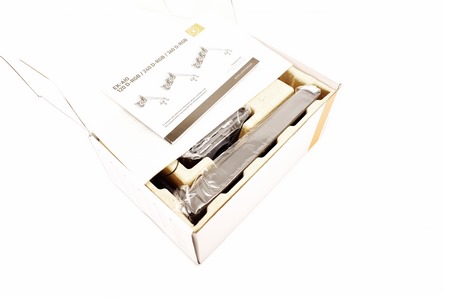
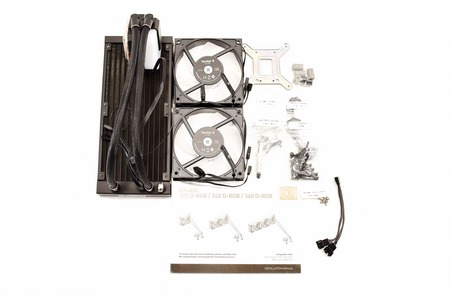
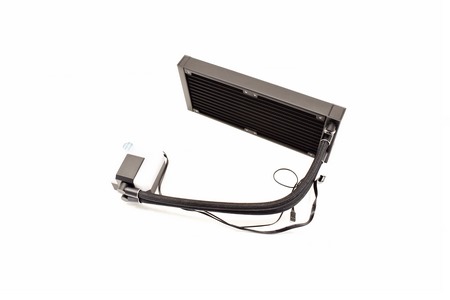
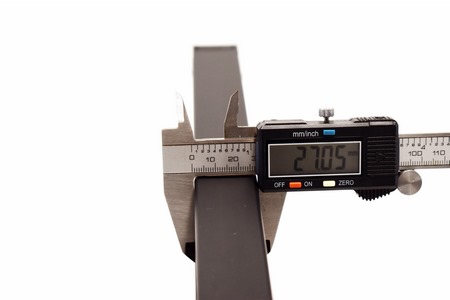
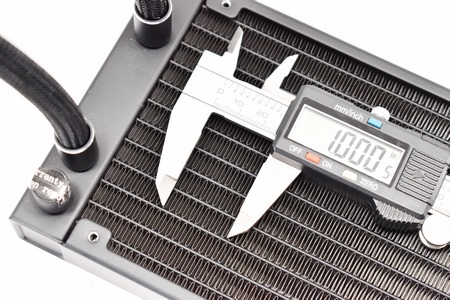
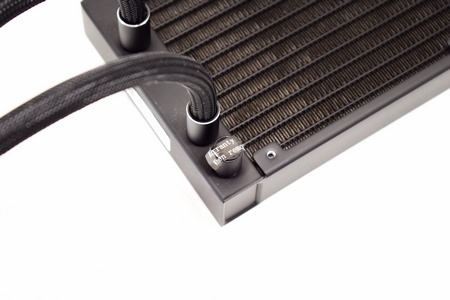
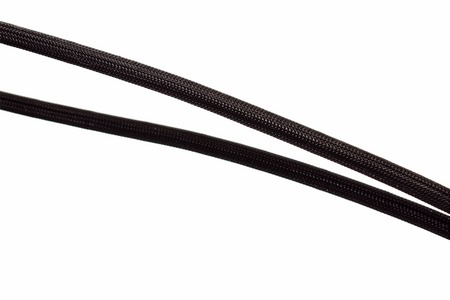
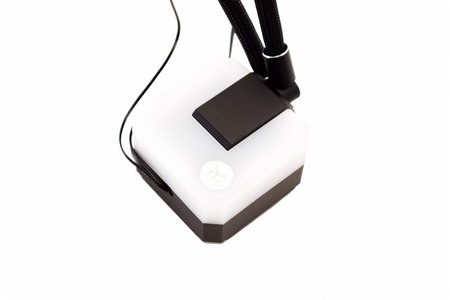
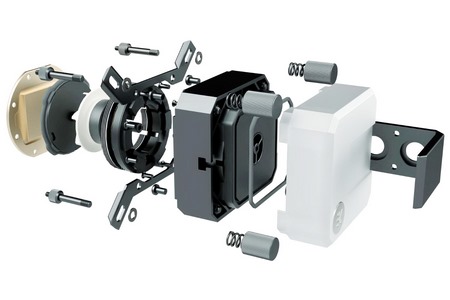
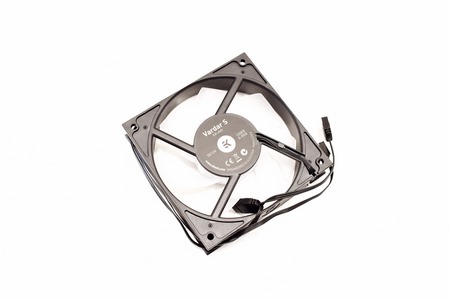
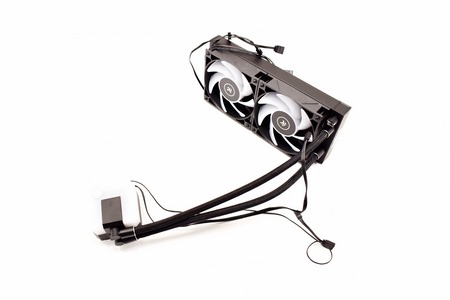
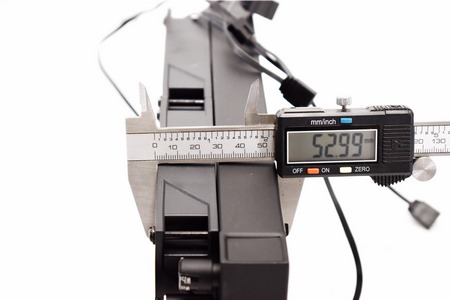
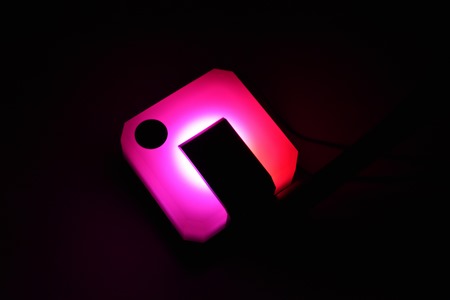
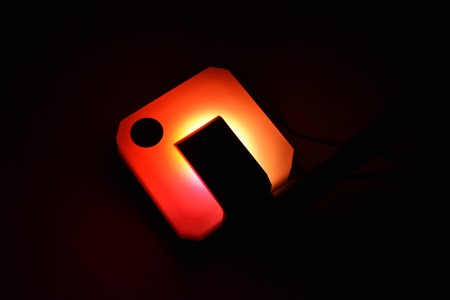
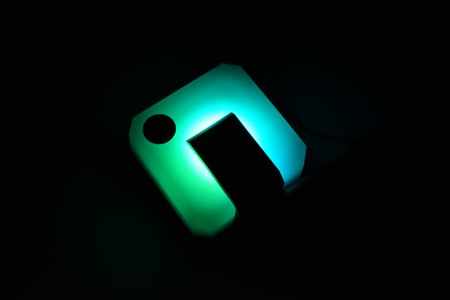
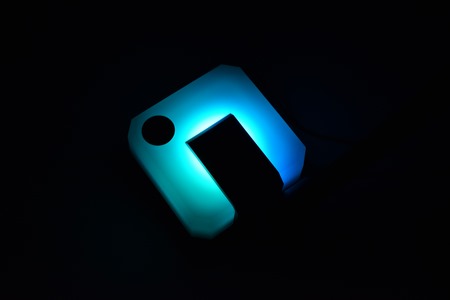
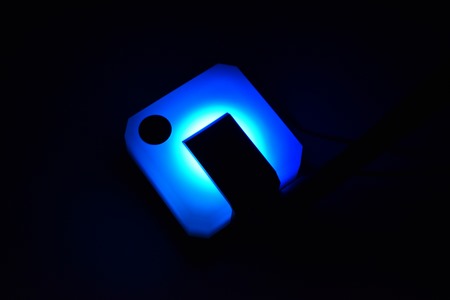


.png)

